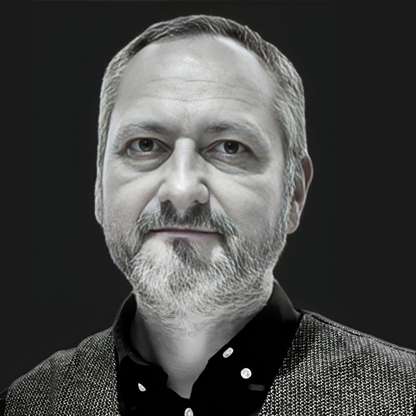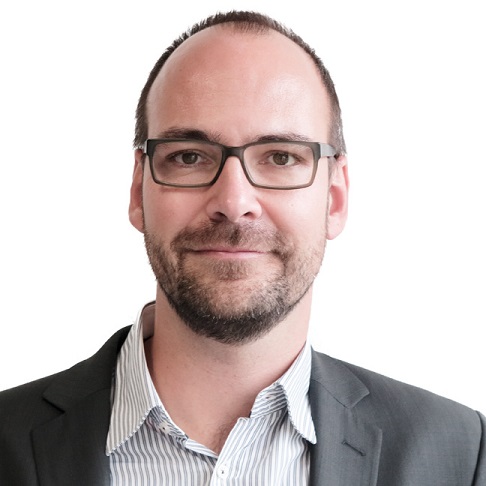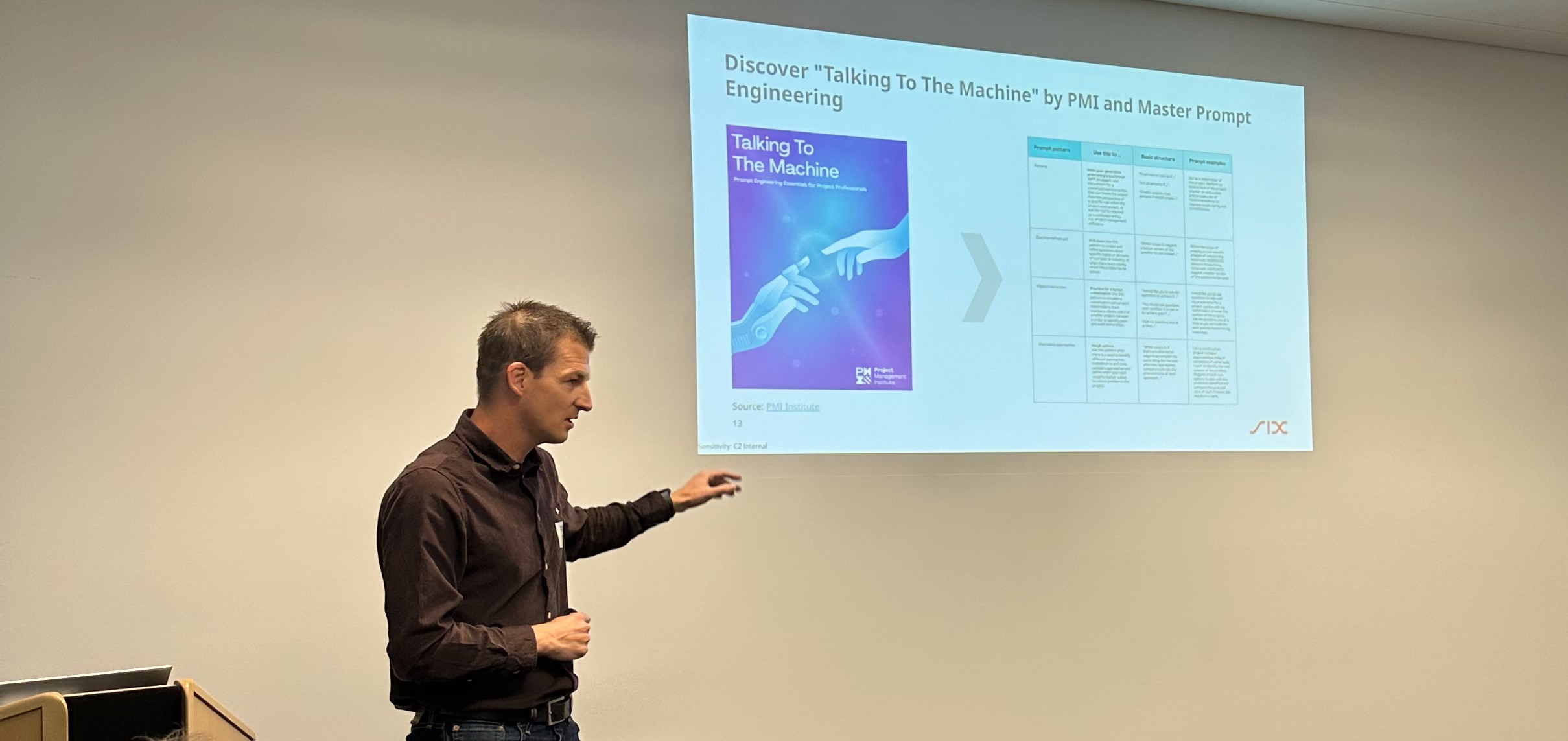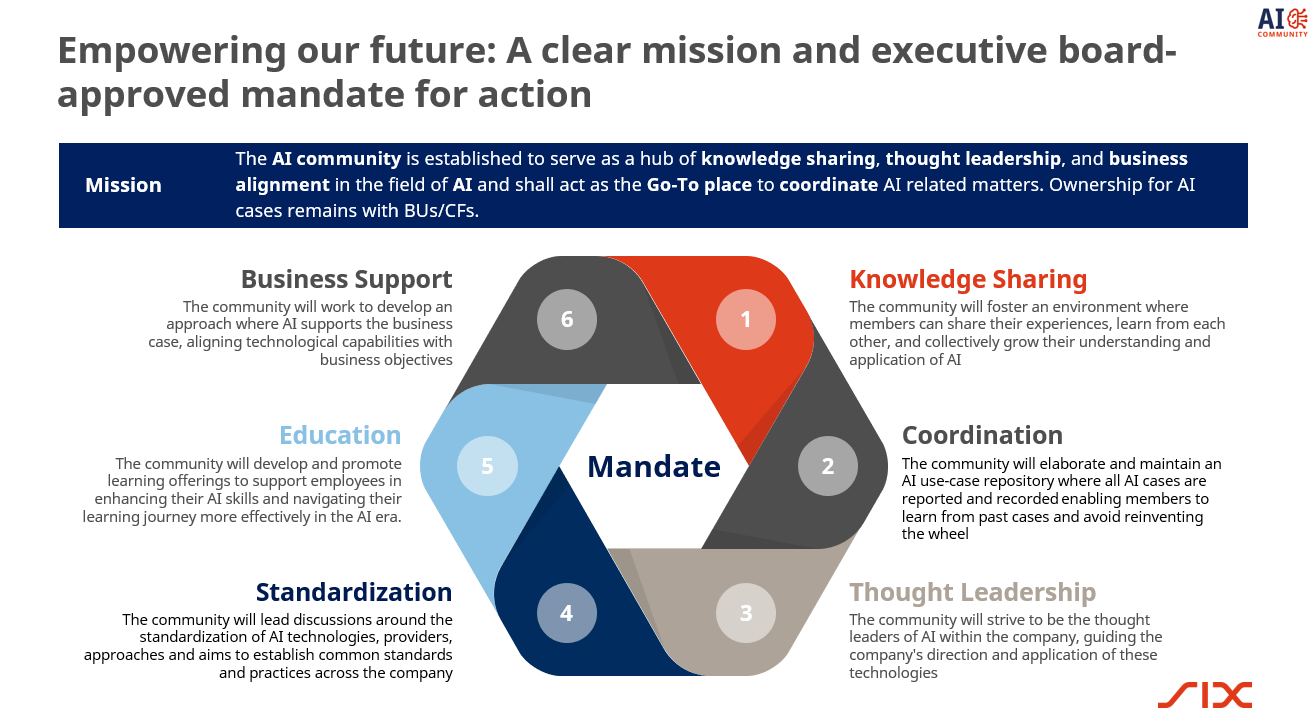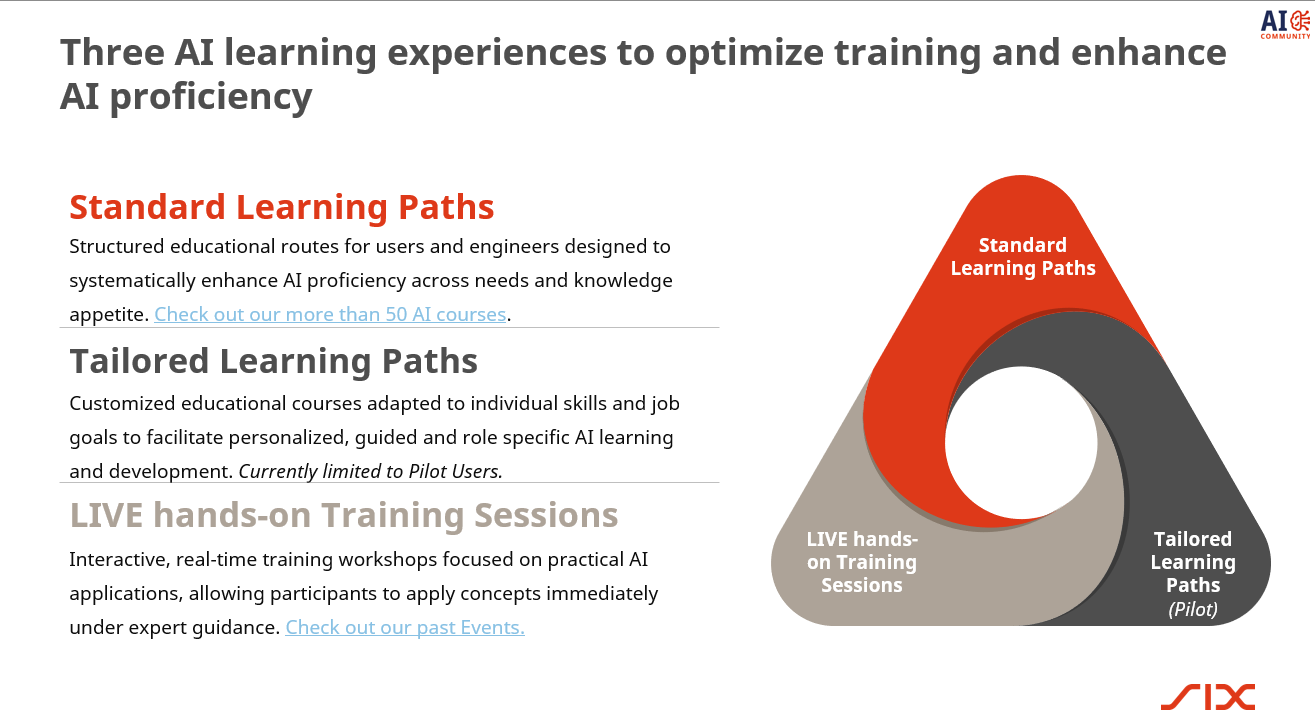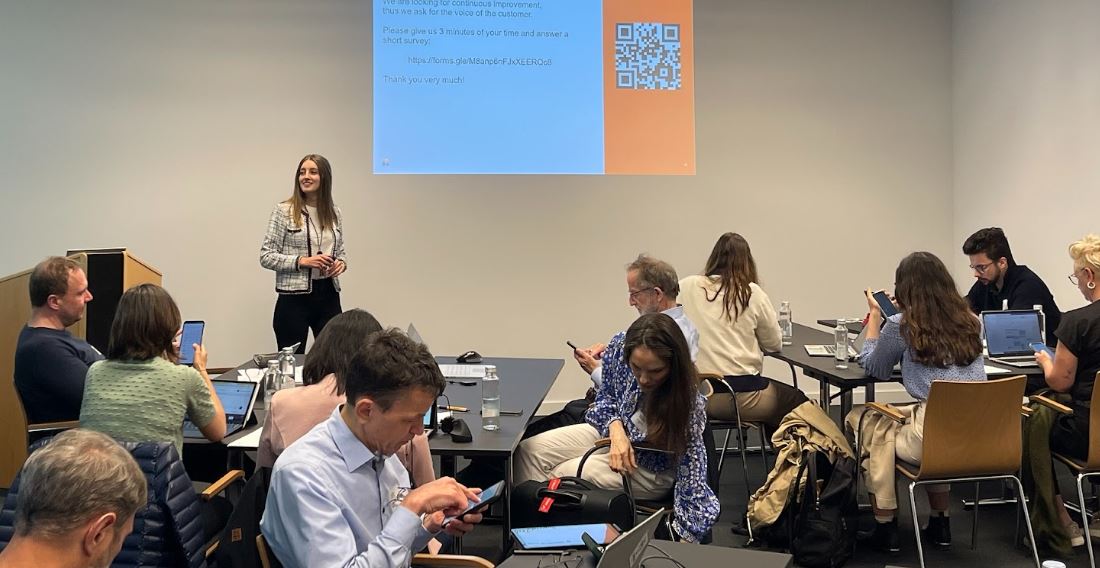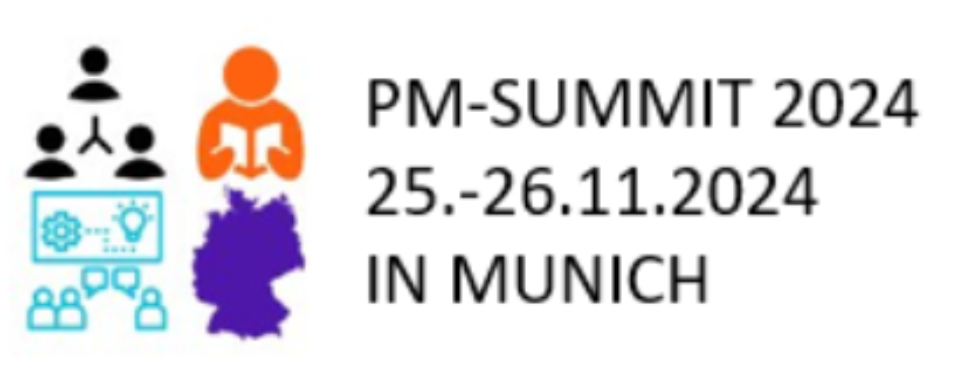Author: Pia Henzelmann, Events Experience Director

Greetings PMI Switzerland Members and welcome to the 2024 Conference Season!
Preparations for the PM Conference are well underway, and we’re looking forward to welcoming you all on September 23rd in Lausanne. More information shall be shared in the near future, but in the meanwhile, here’s our latest update...
The PM Conference theme has been updated to "AI Unveiled: Transforming Projects and Organizations with Smart Innovation". This change reflects the growing impact of artificial intelligence upon our industry. We aim to discover how smart innovations are revolutionizing project management and organizational practices, providing attendees valuable insights from the keynote sessions and workshops.
In line with this theme, we invite industry experts to present valuable insights and methods on AI and Project Management. Simultaneously, we request your support in identifying and submitting suggestions for further potential speakers, aligned to the theme.
Our team has initiated interviews, however, presentation slots are still open, so we encourage you to apply immediately!
Call for Speakers Application:
- Submit your speaker proposal including a brief bio, session title, and abstract by June 10th, 2024 through the link below. Guidelines are included in the form: PM Conference Speaker Application Form
- For more details and submission, please reach out to Joachim Dehais
We look forward to your proposals and working together to create an insightful and impactful conference.
Best regards,
Pia Henzelmann
PM Conference Lead and on behalf of the PM Conference team

